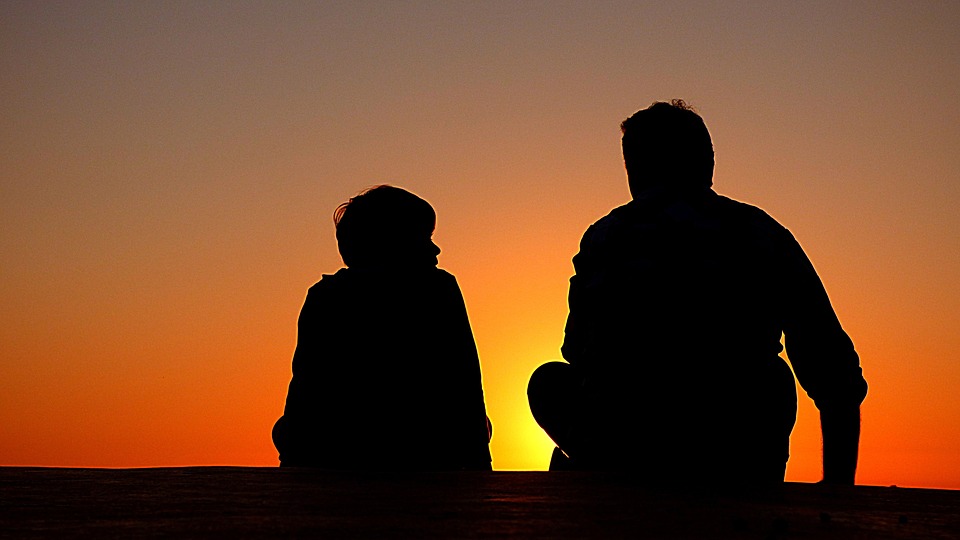15 minute wellbeing is back! A lot has changed since the last blog post, with the global Covid-19 pandemic changing how many of us live and work. It’s World Mental Health Day on 10th October, so what better time to focus on our wellbeing and try making each day a little bit easier during these uncertain times?

Here’s a quick reminder of what 15 minute wellbeing is about. This blog translates existing research on wellbeing into simple activities you can do in 15 minutes to improve your health and wellbeing.
Each activity will not cost any money to do, because why should we pay to feel good about ourselves? As we progress through the activities, we will discover that we already have all the tools we need to improve our wellbeing. This blog doesn’t tell you what to do either – it offers different exercises for you to try to help you feel better within yourself.
The variety of activities means that you won’t get bored trying the same old thing. Instead, you’ll get to try lots of different things to figure out what works for you and your wellbeing. The activities are grouped into seven themes:
If you’re a new reader (welcome and thank you for visiting!) or want to know more, click on the links above which give more information on the themes. Over the next few months, 15 minute wellbeing will cover these themes and how they can help us during the coronavirus pandemic.
Wellbeing during a global pandemic
Uncertainty and ever-changing situations can take their toll on our wellbeing. In the UK, the number of us experiencing high levels of anxiety has increased dramatically since the start of the Covid-19 pandemic. Anxiety, stress and fear are normal responses to uncertain situations and for many of us this will pass as we return to some sort of normality (whenever that may be). However, the longer the pandemic continues, the higher the risk to our wellbeing and mental health. It has been estimated that 20% of adults in England will need help with their mental health because of the pandemic.
It’s more important than ever that we help ourselves and each other to stay mentally well. This blog cannot help alleviate mental illness, but it can provide ideas and options to improve wellbeing which contributes to good mental health. If you are concerned about your mental health, please speak to your local GP, local Mind, Samaritans or Time to Change.

Maintaining and improving our wellbeing during lockdown
Usually on 15 minute wellbeing, each post centres around one activity to try out. However, as this is the first post in a while, here are four things for us all to try to support our wellbeing over the next two weeks. Each activity can be done in 15 minutes, so why not try each of them at least once over the next fortnight and see how you feel?
- Make plans with others
Many of us who felt (and may continue to feel) anxious during lockdown also reported feeling lonely a lot of the time. It’s important to stay connected with others as best we can to alleviate these feelings of anxiety.
You may be thinking “How can I make plans with others when social restrictions are in place?” If there is one thing that has accelerated during lockdown, it’s the use of digital technology to virtually connect with our friends, families and colleagues. Many of us young and old are now able to have video calls and connect with each other without having to leave the safety of our homes. For those of us who can’t or don’t like using video calls, a regular telephone call is just as effective.
Think of 5 things you’d like to do with someone else – it could be 5 activities to do with the same person or different activities with different people. The aim is to have fun spending time connecting with others. You may or may not be able to do these in person, depending on the local restrictions in place in your area so consider how you can do each activity in person and virtually/over the phone. The worksheet at the end of this post has a few ideas if you need inspiration.
Healthy body, healthy mind
Juvenal (abridged)
2. Keep exercising!
Lockdown has impacted our exercise habits, with some of us finding it gives us more time to exercise, whereas social distancing has prevented many sports teams from training together and competing. In England, exercise levels have fluctuated over the course of the pandemic. In May, they peaked with 35% of adults doing at least 30 minutes of activity 5 times a week. By September 29% of adults reported exercising regularly.
Physical activity has numerous benefits for our wellbeing including: distracting us from our negative thoughts, improving our quality of life and improving our mood. If the changing weather makes it feel too cold for you to exercise outside, there are thousands of free videos available online to get you moving, many of which are 15 minutes long. As the saying goes, “Healthy body, healthy mind” so see what difference 15 minutes of physical activity does for your wellbeing. You can use the worksheet at the end of this post to reflect on how you feel after exercising.
3. Reading
To combat feelings of stress, why not try reading or listening to an audiobook for 15 minutes? In an international survey of 18,000 people, 58% of respondents rated reading as the most restful activity they did. Those that read were also more likely to be optimistic and have a sense of purpose – both key to wellbeing.
Many local libraries have re-opened across the UK – check your local council website for information on opening times – and stock books and audiobooks. Some offer contactless reserve and collect services. If you’re unable to get to a library, e-loans may be available. Alternatively, there are lots of free access articles and stories available online.
You can use the worksheet to reflect on what effects (if any) 15 minutes of reading has on your wellbeing.
This will bring out the best and worst in people
said by many
4. Give 15 minutes of your time
A phrase that has been often repeated over the last few months (as well as “You’re still on mute!”) is “This will bring out the best and worst in people.” One of the best things it has brought out is people’s willingness to volunteer to help others. Within one week of the Royal Voluntary Service appealing for volunteers to help vulnerable people during lockdown, 750,000 people signed up to deliver medication and shopping; transport equipment; and check-in and chat with those who needed help.
Giving just 15 minutes of our time can make a huge difference to someone else and improve our own wellbeing. If you’re unsure what you can do in 15 minutes, the worksheet below has plenty of ideas to inspire you.
I’d love to hear how you get on with these activities and what effect they have on your wellbeing. Please do get in touch 15minutewellbeing@gmail.com or comment in the box below.
I share wellbeing-related research, news and stories on twitter and Instagram in between weekly blog posts so do follow @15minwellbeing on both platforms to keep up to date.












